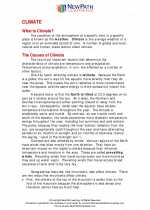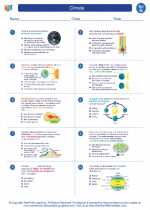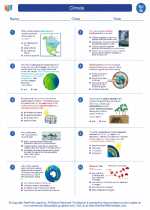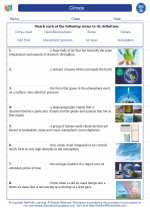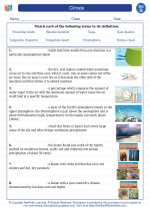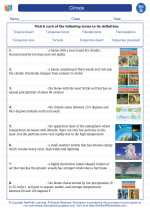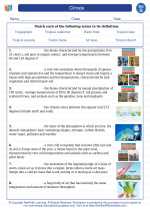Sleet
Sleet is a type of precipitation that occurs when raindrops freeze before reaching the ground. It is often confused with freezing rain, but they are different phenomena.
Formation of Sleet
Sleet forms when snowflakes partially melt as they pass through a warm layer in the atmosphere, then refreeze as they enter a colder layer near the surface. This results in small, translucent ice pellets that bounce when they hit the ground.
Conditions for Sleet
Sleet typically occurs when there is a shallow layer of warm air above the surface, which causes the snowflakes to melt and then refreeze. This can happen in a variety of weather systems, including winter storms and cold fronts.
Impact of Sleet
Sleet can create hazardous driving conditions as it accumulates on roads and sidewalks, making them slippery. It can also weigh down tree branches and power lines, leading to potential damage and power outages.
Study Guide
- What is sleet?
- How does sleet form?
- Under what conditions does sleet typically occur?
- What are the impacts of sleet?
Understanding the formation and impacts of sleet is important for understanding weather patterns and their effects on the environment and human activities.
.